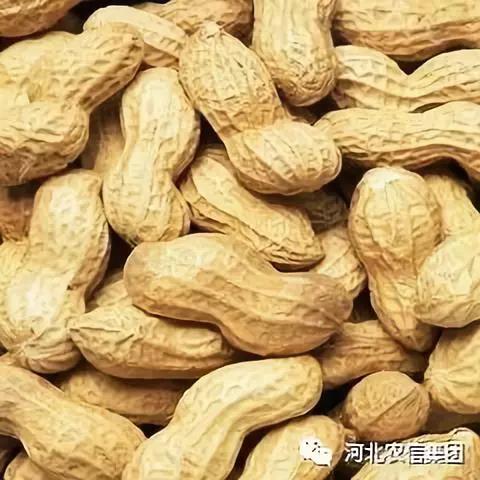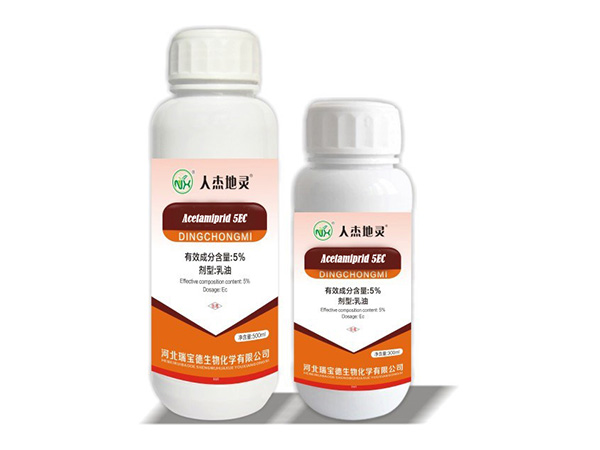Search Product
Search here for what you are looking for:
Search here for what you are looking for:

Tian Jia is a leisurely month, and people are busy in May. The May of the lunar calendar also entered the embrace of the solar calendar in July, and it will soon be a small heat. Summer means hot, and the heat is not too hot. It means that the weather is getting hot, but it has not yet reached the hottest, and most of the country is basically in line. Crops across the country have entered a stage of growth and need to strengthen field management. Today, let me briefly talk about how peanuts should be managed during the summer season in July and August.

peanut is one of the main oil crops in China. It is cultivated all over the country and is considered to be one of the “ten longevity foods”. Chinese medicine believes that the effect of peanuts is to reconcile the spleen and stomach, to hemostasis, to reduce blood pressure and reduce blood pressure. But how much do you know about the field management of peanuts?
July and August are the flowering period and the pod-forming period. When 50% of the plants of the peanuts bloom and the chicken heads are young, they are called the flowering period. The length of the flowering period varies from species to species, with early maturing varieties 15-18 days and medium ripening peanuts about 25 days. From the emergence of 50% of the plants to the formation of fruit, called the pod-forming period. The early-maturing variety is about 40 days, and the medium-maturing large peanut variety is about 45-50 days. During this period, the growth of the main stem and side branches of the peanut and the leaf area coefficient reached a peak, and the field gradually closed, and a large number of fruit needles were solidified. A small amount of pods is full and full, which is the most vigorous period of vegetative growth and reproductive growth. It requires the most fertilizer and water, and the fastest accumulation of dry matter is the key period for winning more fruits.
1. Management points The cultivating and cultivating soil, seeing seedling topdressing, dry irrigation and sputum discharge, chemical regulation.
(1) cultivating and cultivating soil The soil has the functions of increasing temperature, preventing flooding, increasing the temperature difference between day and night, and promoting the development of fruit needles into the soil and pods. The soil should be carried out before the closure of the line and before the large number of fruit needles enter the soil. When cultivating soil, it should be done without hurting the needle or pressing the vine.
(2) Look at seedlings and topdressing The middle stage of peanuts is a period in which vegetative growth and reproductive growth are vigorously advanced, and thus it is also the period when fertilizer is most needed. For the weakly growing peanuts, the topdressing effect is best. Generally, 5 to 8 kilograms of urea per acre is used, and 7 to 10 kilograms of rushing fertilizer is used as the rushing bully of Hebei Rural Credit. In the pod-forming period, generally Daejeon is prone to premature aging, and should pay close attention to the topdressing and watering before the closure. Plants in high-yield fields are long-term, prematurely sealed, and closed in the field. In addition to controlling fertilizer and water, plant growth regulators such as chlormequat or paclobutrazol can be used to suppress the growth.
(3) Dry irrigation and drainage When the soil water content of peanut flowering needle reaches 60% of the maximum water holding capacity in the field, peanut flowering is the most and the fertilization rate is also high. In case of drought, flowering is reduced or even interrupted. The pod-forming period is preferably 60% to 70% of the maximum water holding capacity. Sprinkling irrigation is better for watering in the needle period. Sprinkler irrigation not only saves water, but also makes the soil compact, which is conducive to fruit needles. It is advisable to water the pods during the pod filling period. Adequate water consumption and long drought prevention. If it is rainy for a long time, pay attention to drainage.
(4) Spraying plant hormones according to the flower growth phase--- Paclobutrazol is a plant growth retardant. It can inhibit the plant growth and promote the lower needle knot by using 100~150ml/kg paclobutrazol foliar spray during the full bloom of peanut. English, increase the weight of the fruit. For spring peanuts, 25-100 ml / kg of paclobutrazol foliar spray can prevent lodging and increase pod weight.
2. Pest Control The main control objects are leaf spot, rust, aphids, cotton bollworm, and cockroaches.
Control method:
(1) Leaf spot disease can be controlled by 80% mancozeb wettable powder, 25% carbendazim wettable powder, 430 g/liter of tebuconazole suspending agent, 25% azoxystrobin suspension. Or use Hebei Agricultural Credit 50% benzyl propionazole to control leaf spot disease.

(2) rust can be controlled by 30% benzyl pyrazole ester emulsifiable concentrate, miracle manganese zinc wettable powder and the like.
(3) Aphids, pod-forming period cotton bollworms, cockroaches and other pests can be controlled by 10% acetamiprid aphid special effects 2000 times solution, 48% chlorpyrifos 1000 times liquid, 5% acetamiprid 脒 "Nongxin wins the shell" 2000 ~ 2500 times liquid. It can also be controlled by Hebei Agricultural Credit's “Baidujing” 7.5% chlorofluoro-imidacloprid suspension agent 20~30ml a bucket of water.